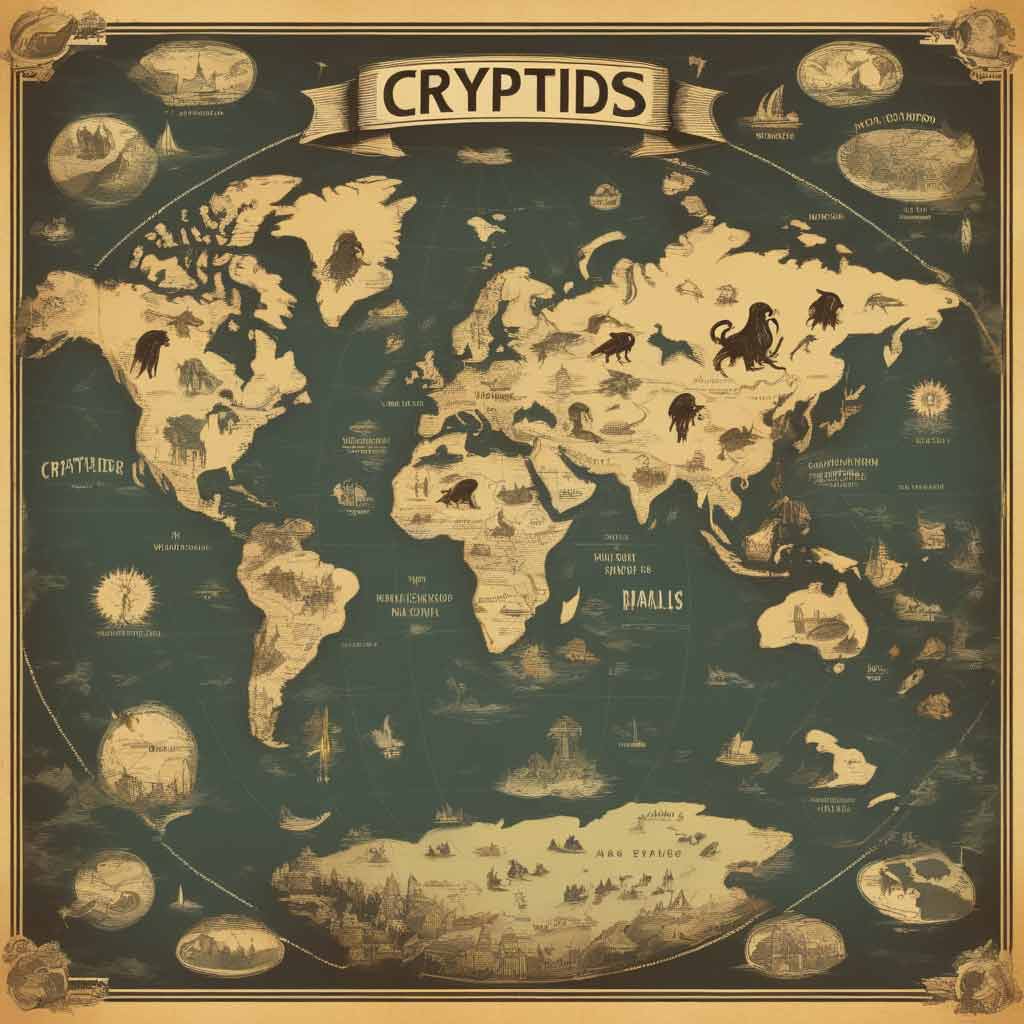For centuries, myths and legends have captivated our imaginations with tales of mysterious creatures lurking in the shadows. The creatures, known as Cryptids, have inspired both fascination and fear and, while many of them are still just myths, there are many cryptozoology creatures proven to be real!
That’s right – despite people denying the existence of cryptids, many alleged cryptids have since been proven to exist!
In this article, we are going to take a look into some of the real animals that were once former cryptids. We’ll take a look at where they were found and what makes them so unique.
Let’s jump right in!
9 Confirmed Former Cryptids
There are many animals that were once considered to be cryptids but have since been proven to exist. And that really isn’t surprising when we consider just how big our planet is and the limitations of human exploration. Despite our advances in technology and scientific know-how, there are still places on Earth like dense forests, deep oceans, and remote regions that we still haven’t explored!
Let’s take a look at some of the incredible cryptids we once thought didn’t exist!
Don’t Forget To Check Out Our
Interactive Cryptid Map
With Cryptids Found On Every Continent!
Okapi
The Okapi is a close relative of the giraffe and for a long time was considered to be a cryptid because of its unique appearance and elusive behavior. It wasn’t until the early 20th century that the Okapi was officially recognized as a real species.
Common Name: Okapi
Biological Name: Okapia Johnstoni
Year Discovered: 1901
Discovery Location: Central Africa
Current Location: Democratic Republic Of Congo
Discovered By: Sir Harry Johnston
Conservation Status: Near Threatened
Description
The Okapi resembles a horse with zebra-like legs and a longer giraffe-like neck.
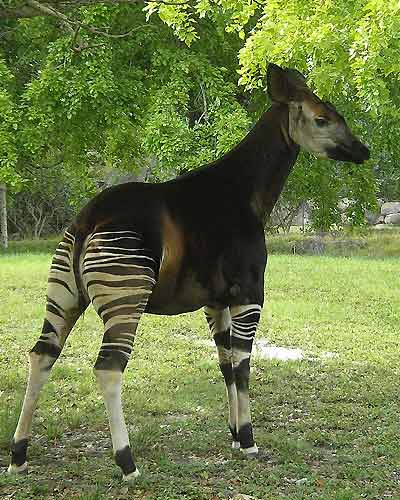
Komodo Dragon
The Komodo Dragon is one of the more famous cryptids of its time with many stories being told about it by the indigenous people of Indonesia. The first recorded mentions of the Komodo Dragon were recorded when Dutch colonizers arrived in the region and heard stories from the local people about fearsome creatures that lived on the islands.
Common Name: Komodo Dragon
Biological Name: Varanus Komodoensis
Year Discovered: 1910
Discovery Location: Komodo Island, Indonesia
Current Location: Komodo Island and nearby Indonesian islands
Discovered By: Lieutenant van Steyn van Hensbroek
Conservation Status: Vulnerable
Description
The Komodo Dragon is the largest living carnivorous lizard that feeds small mammals, birds, and reptiles.
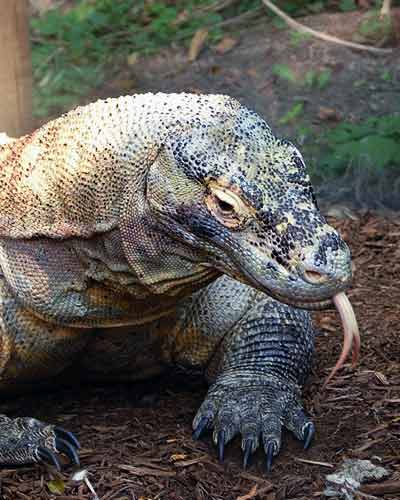
Giant Squid
For centuries, sailors and fishermen reported seeing enormous sea creatures that they called “Krakens”. These stories were often dismissed as myths and legends however, the enormous and elusive Giant Squid has since been proven to be real.
Common Name: Giant Squid
Biological Name: Architeuthis Dux
Year Discovered: 1857
Discovery Location: Global Oceans
Current Location: Global Oceans
Discovered By: Various Researchers
Conservation Status: Species Of Least Concern
Description
The Giant Squid is an enormous, elusive deep-sea creature with big eyes and long tentacles with some individuals reaching lengths of up to 43 feet (13 meters).

Platypus
The platypus has a truly unique appearance and it’s easy to see why people didn’t believe that it existed! It has a combination of mammalian and reptilian features which created a lot of skepticism when scientists first heard about it, and it took some time before they could accept this egg-laying, duck-billed creature! And I don’t know about you, but if the Platypus exists, then why not other cryptids like Bigfoot?
Common Name: Platypus
Biological Name: Ornithorhynchus anatinus
Year Discovered: 1799
Discovery Location: Eastern Australia
Current Location: Eastern Australia, Tasmania
Discovered By: George Shaw
Conservation Status: Species Of Least Concern
Description
The Platypus is an egg-laying mammal with a duck-like bill and webbed feet
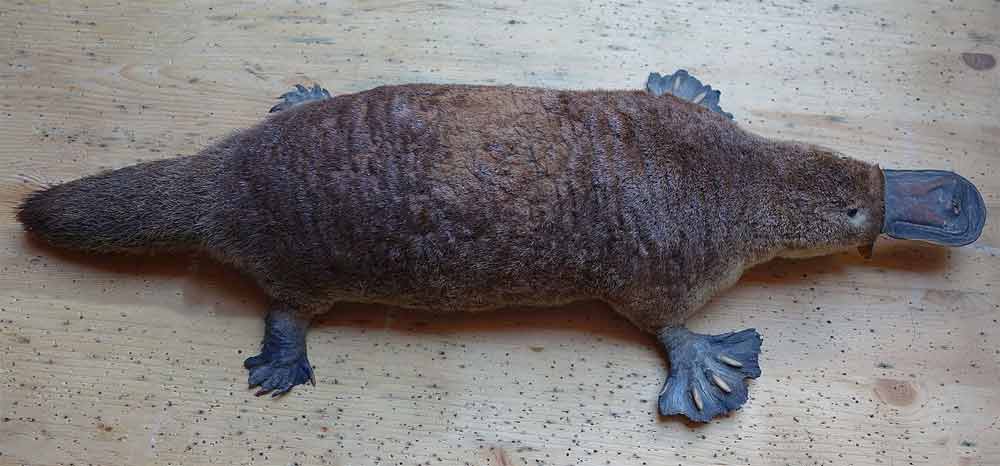
Mountain Gorilla
The Mountain Gorilla was once thought to be a mythical creature that drove fear into the hearts of the local people. In 1902, their existence was confirmed, and they were found to be far less fearsome than the legends and stories that surrounded them!
Common Name: Mountain Gorilla
Biological Name: Gorilla Beringei Beringei
Year Discovered: 1902
Discovery Location: Central Africa
Current Location: Democratic Republic of Congo, Rwanda, Uganda
Discovered By: Captain Robert von Beringe
Conservation Status: Endangered
Description
The Mountain Gorilla is the largest living primate in the world. It has thick fur and lives in the cooler mountain regions of Africa.
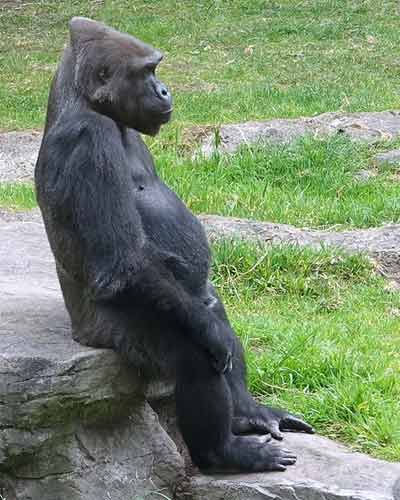
Giant Panda
The Giant Panda was first mentioned in Chinese literature all the way back in 206 BC with reports of a mysterious bear-like animal living in the remote mountains of China. It wasn’t until the early 20th century that Western scientists became aware of its existence.
Common Name: Giant Panda
Biological Name: Ailuropoda Melanoleuca
Year Discovered: 1869
Discovery Location: China
Current Location: Southwestern China
Discovered By: Armand David
Conservation Status: Vulnerable
Description
The Giant Panda is a bear-like mammal with distinct black and white markings. Its cubs are also the cutest things you will ever see!

The Tasmanian Devil
The Tasmanian Devil, or Thylacine, lived in Tasmania and mainland Australia and was first discovered in the 1800s with many initially believing it was a myth or a hoax. Unfortunately, it was hunted to extinction because people believed it was a threat to livestock farming. However, there have been reports of people seeing Thylacine and there are researchers who believe that it may still exist in isolated areas.
Common Name: Tasmanian Devil
Biological Name: Thylacinus Cynocephalus
Year Discovered: 1800s
Discovery Location: Tasmania, Australia
Current Location: Extinct
Discovered By: European Settlers
Conservation Status: Extinct
Description
The Thylacine is a carnivorous marsupial with a dog-like appearance with distinctive stripes on its back and a large head.
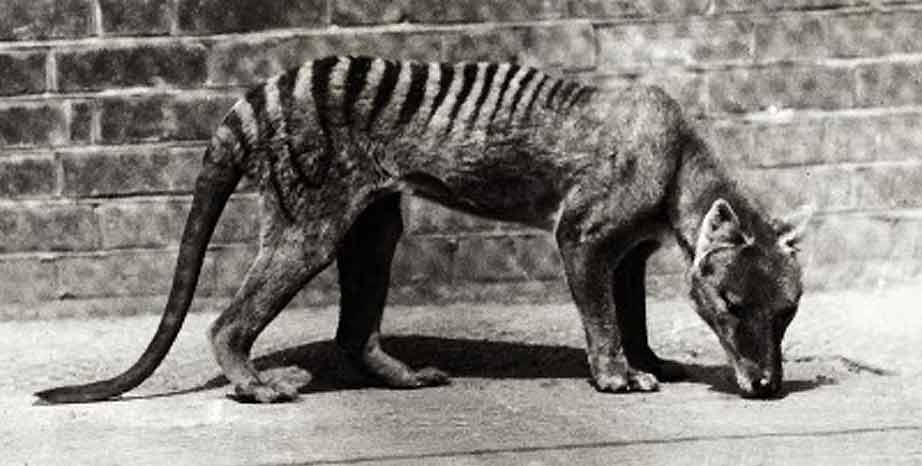
Fossa
The Fossa is a carnivorous mammal that lives in Madagascar and it looks like a cross between a mongoose and a cat. It was discovered in 1833 but remained elusive for many years with only rare sightings and little knowledge about it. There were also tales of a Giant Fossa that surfaced and it was later discovered that the Fossa did indeed have a much larger relative called the Cryptoprocata spelea that has however been confirmed to be extinct. The smaller Fossa still survives in Madagascar although it is listed as a vulnerable species.
Common Name: Fossa
Biological Name: Cryptoprocta ferox
Year Discovered: 1833
Discovery Location: Madagascar
Current Location: Madagascar
Discovered By: Charles Telfair
Conservation Status: Vulnerable
Description
The Fossa is a carnivorous mammal that has a slim body with a muscular frame. It has a long tail and looks like a mix of cat and mongoose.
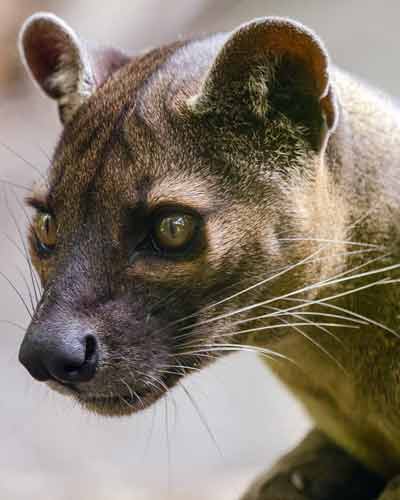
Coelacanth
The Coelacanth is an ancient prehistoric fish that was believed to have lived over 66 million years ago. However, in 1938, a living coelacanth was discovered off the coast of South Africa, debunking the belief that it was a cryptid.
Common Name: Coelacanth
Biological Name: Latimeria chalumnae
Year Discovered: 1938
Discovery Location: South Africa
Current Location: Eastern Africa Coast, Indonesia
Discovered By: Marjorie Courtenay-Latimer
Conservation Status: Species Of Least Concern
Description
The Coelacanth is an ancient fish with lobed fins, that is sometimes called a living fossil fish.
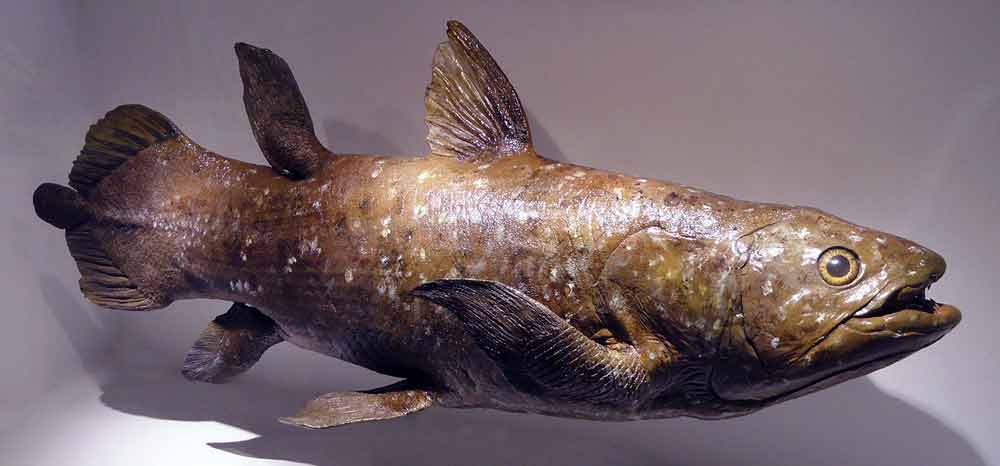
Conclusion
There have been many cryptozoology creatures proven real throughout the years with each one of these animals being just as mysterious as some of the more modern cryptids that exist today such as Bigfoot or the Loch Ness Monster. From the Giant Squid to the Okapi, each of these former cryptids shows us that there is still so much to learn about our natural world and just because an animal hasn’t been proven to be real doesn’t mean that it isn’t! Who knows, maybe one day, other cryptids such as the Chupacabra will also be proven to be real!


